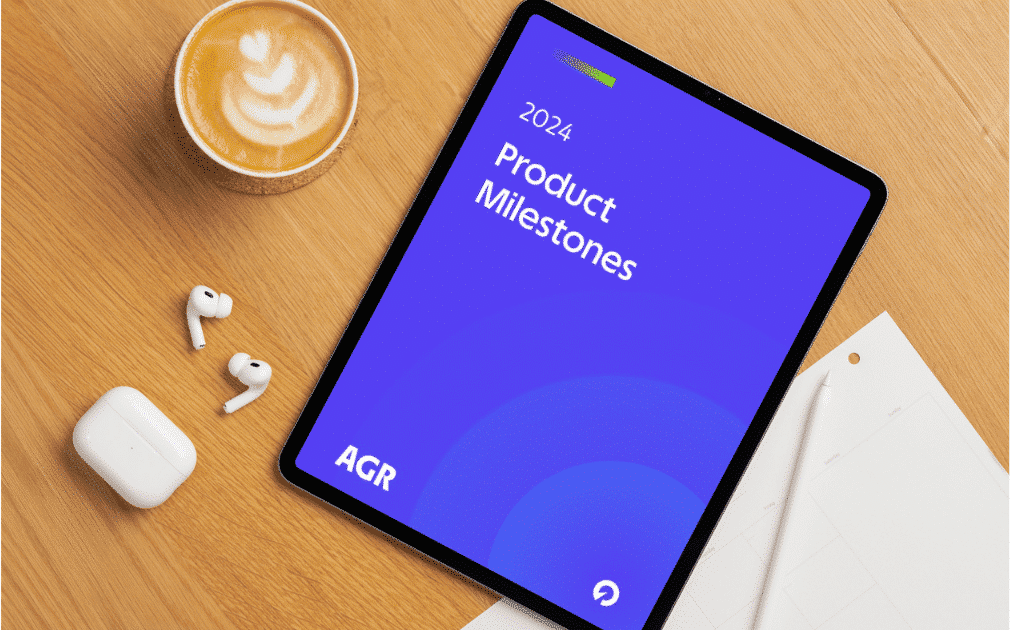When excess inventory is managed effectively and stock levels are reduced, surplus no longer accumulates. A reduction of obsolete product means you can avoid selling off stock at a discounted price, or worse, writing it off entirely.
Preventing this situation keeps cash flow healthy and has a positive impact on year-end accounts.
Demand varies across the product lifecycle
To prevent a build-up of surplus stock – inventory items that no longer have customer demand – it is critical to understand the product lifecycle. You must also be aware of where each product line sits within the pattern: introduction, growth, maturity or decline.
Demand can change radically as a product progresses through its lifecycle. During the launch/introduction phase, sales can skyrocket, only to drop through the floor once the item reaches the point of decline. The timing and duration of this cycle of demand can vary greatly between product lines – it is not consistent across all stock.
These differing and unpredictable patterns make it more challenging for inventory planners to forecast and ensure they are ordering the right levels of stock for each product. To ensure forecasts are accurate, it is necessary to apply a different inventory forecasting model for each demand type – fast, erratic, positive, slow, negative, etc.
Tailored approach
If carried out manually, calculating the product lifecycle stage for all stocked and non-stocked items can be extremely time consuming. Especially when this involves hundreds or thousands of SKUs. Neither is it a one-off exercise – the stages need to be identified, reviewed and the corresponding demand types updated on a regular basis.
The AGR software not only calculates every items’ product lifecycle stage and demand type – it also considers seasonality, sales promotions and ABC XYZ analysis. These multidimensional considerations are then used to forecast demand and optimum inventory levels on an item-by-item basis rather than applying a one-size-fits all approach across product lines.
With data updated in near-time, reorder quantities and timings are based on the latest variables at play and are optimised according to your business objectives.
Avoiding obsolescence
Having greater visibility over the stages of all your products makes it possible to see when items are nearing the end of their useful life. With this awareness, your team can reduce the amount of stock that reaches the obsolete stage and therefore reduce write-offs. This can be achieved by putting proactive stock reduction strategies in place to manage slow-moving items. Tactics might include launching sales promotions to generate demand, identifying new markets where the product is still popular or simply adjusting reordering parameters.
With the additional insight and awareness they gained through using AGR Dynamics, our clients have been able to achieve reductions in write-offs and obsolete stock of between 5% and 20%.
To find out exactly how much difference the AGR software could be making to not just your inventory management but also your year-end accounts, get in touch today.



